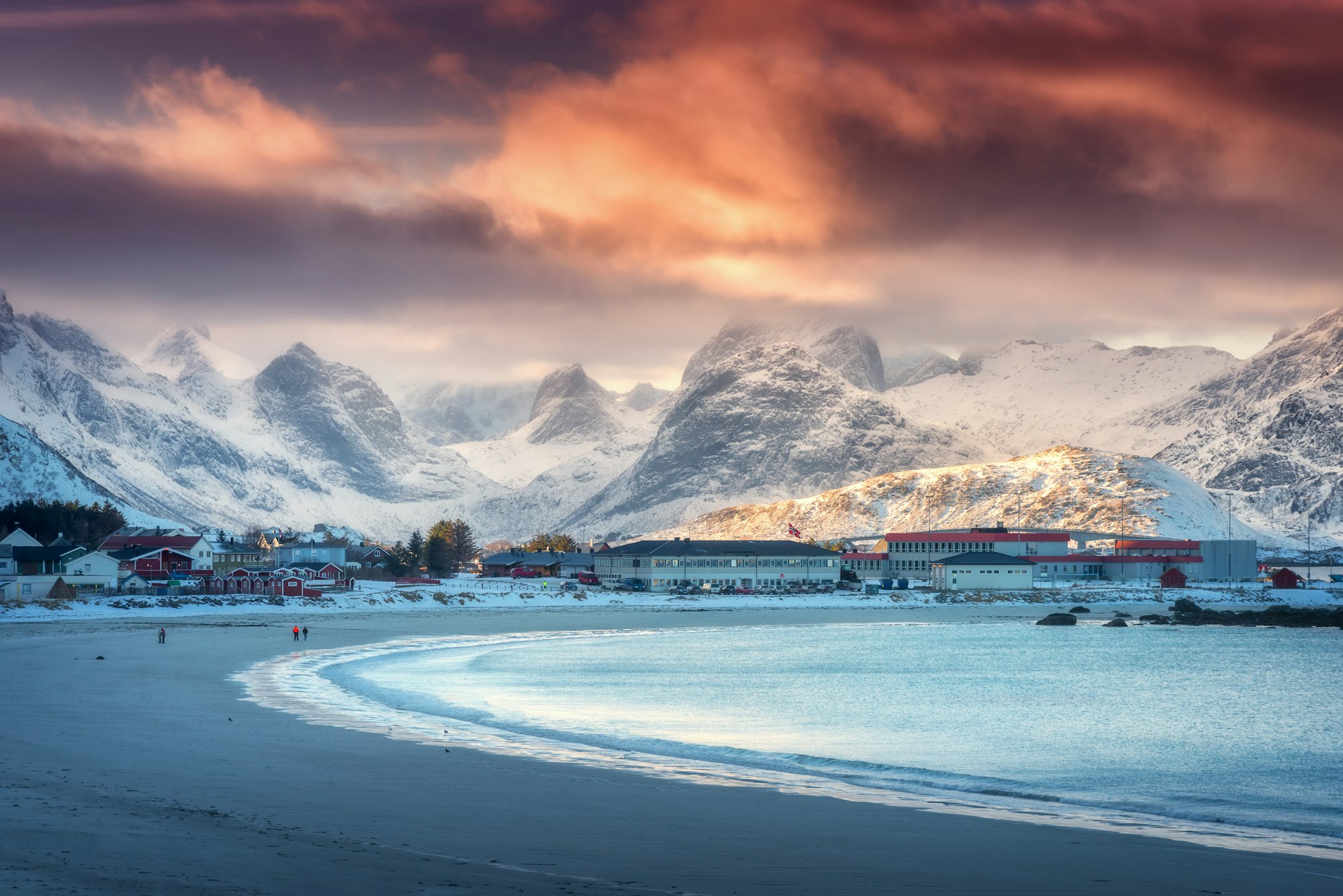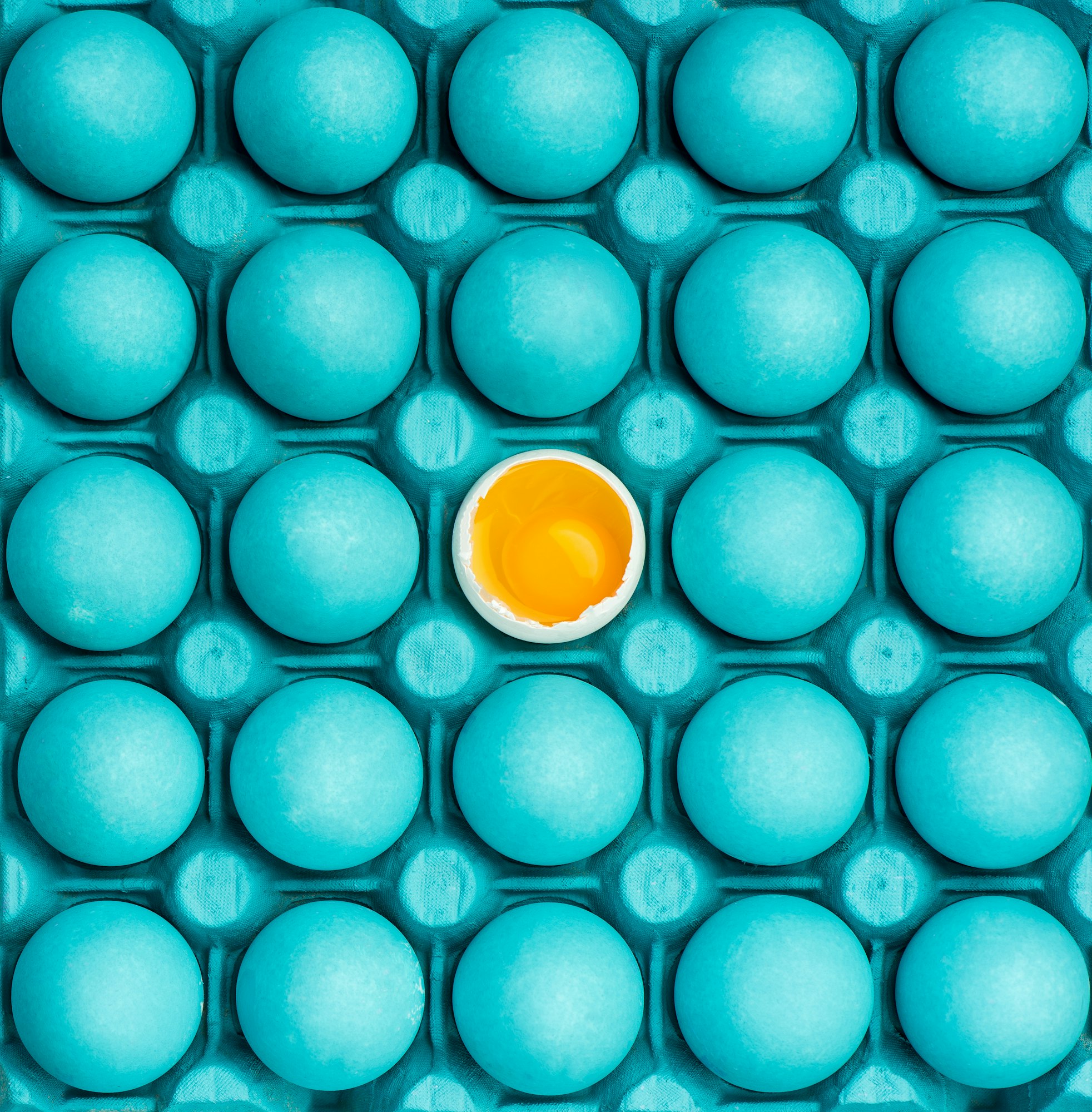Artistic expression transcends traditional boundaries, encompassing a vast array of mediums, techniques, and styles that extend far beyond the confines of the canvas. From sculpture and installation to performance art and digital media, alternative forms of artistic expression offer boundless opportunities for creativity, experimentation, and innovation. In this guide, we’ll venture beyond the canvas to explore the diverse and dynamic landscape of alternative art forms, celebrating the richness and diversity of human creativity.
1. Sculpture: Shaping Space and Form
Sculpture is one of the oldest and most enduring forms of artistic expression, dating back thousands of years to ancient civilizations. Unlike two-dimensional art forms like painting and drawing, sculpture involves shaping and manipulating materials such as clay, stone, metal, and wood to create three-dimensional works of art. Sculpture encompasses a wide range of styles and techniques, from classical marble statues and bronze sculptures to contemporary installations and conceptual artworks. Sculptors explore themes of form, space, texture, and movement, inviting viewers to engage with their work from multiple perspectives.
2. Installation Art: Immersive Environments and Experiences
Installation art challenges traditional notions of art by creating immersive environments and experiences that transcend the boundaries of traditional art spaces. Installation artists use a variety of materials and techniques to transform physical spaces, inviting viewers to interact with their work in new and unexpected ways. Installations may incorporate elements such as light, sound, video, found objects, and interactive technology to create multisensory experiences that engage the senses and provoke thought and emotion. Installation art blurs the line between art and life, challenging viewers to reconsider their perceptions of space, time, and reality.
3. Performance Art: The Body as Canvas
Performance art is a dynamic and ephemeral art form that involves the live presentation of artistic actions, gestures, and movements. Performance artists use their bodies as a canvas, exploring themes of identity, politics, culture, and personal expression through physicality and presence. Performances may take place in traditional art venues such as galleries and theaters, as well as public spaces, streets, and unconventional settings. Performance art often pushes boundaries and challenges social norms, inviting viewers to confront difficult truths, question assumptions, and engage with the world in new and provocative ways.
4. Digital Media: Exploring the Intersection of Art and Technology
Digital media art encompasses a wide range of creative practices that utilize digital technology as a medium for artistic expression. Artists working in digital media employ tools such as computers, software, video, animation, virtual reality (VR), and augmented reality (AR) to create immersive and interactive artworks that explore the intersection of art and technology. Digital media art spans a diverse range of genres and styles, from digital painting and photography to interactive installations and generative algorithms. Digital artists push the boundaries of creativity and innovation, harnessing the power of technology to create artworks that reflect the complexities of the digital age.
5. Street Art and Graffiti: Art for the Public Sphere
Street art and graffiti represent forms of artistic expression that emerge from the streets and public spaces, often in defiance of traditional artistic conventions and institutional norms. Street artists use walls, buildings, and urban infrastructure as their canvas, creating colorful murals, stenciled images, and wheat-pasted posters that engage with the surrounding environment and community. Street art and graffiti can convey social and political messages, challenge authority, and reclaim public space for artistic expression and cultural identity. These art forms blur the line between high and low culture, bringing art out of galleries and into the streets where it can be experienced by a diverse audience.
Conclusion
Beyond the canvas, alternative forms of artistic expression offer a rich tapestry of creativity, innovation, and diversity that reflects the complexity of the human experience. From sculpture and installation to performance art and digital media, artists explore new ways of engaging with materials, spaces, and audiences, challenging traditional notions of art and expanding the boundaries of creative expression. By embracing alternative art forms, we celebrate the richness and diversity of human creativity and invite viewers to experience art in new and unexpected ways.










